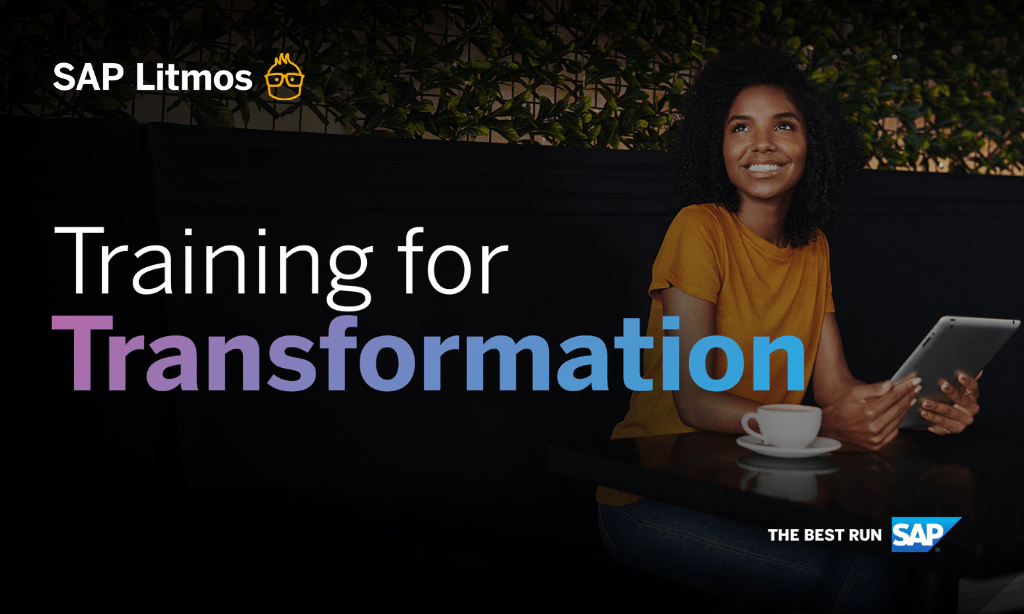How a New Training Process Scales Up Your Talent
The Importance of Loving Your Subject Matter Experts
In very small orgs the experienced professionals mentor and teach the new hires. Some of it is scheduled and formal while other parts are OJT, and supporting Q&A. The early problem in this scenario is that it does not scale. You need your experts’ brains doing the work, after all that is what got the company where it is. As the company grows, and more employees are hired, the training burden quickly becomes all-consuming. The constant use of the experts does not scale up.
Traditional Methods of Instructional Design
The traditional methods of instructional design would have you analyzing the heck out of everything, then designing, and re-designing, and then developing, and re-developing, before you ever get to FINALLY deliver the course. This cycle can sometimes take several weeks, or even months. And the sad truth is that at the end of all that work, there is still a chance that you got a lot of it wrong. The 21st century training department does not wait for perfection. It values transparency in its processes, and engages the people who matter most: The experts and the learners.
Your Experts Are Your Subject Matter Experts
Your experts are your SMEs (subject matter experts), and they are your bread and butter. Without them you can’t do your job. So, first things first. Get to know them. Buy them lunch. Woo them. Make them feel like the rockstars you need them to be. And in the immortal words of Frozen’s Princess Elsa, “LET IT GOOOO!” Let go of your desire to control the entire process. Let go of your need to complete the analysis phase of the ADDIE process with the expensive template the consultant sent you. Let it all go, and simply support your SME. If they come to you with 100 slides, say “Wow, that’s GREAT! Thank you!” And LET IT GO! Let them do it the way they want too.
Get to Know Your SMEs
At this point in this new process, your only objective is to get to know the SME and help them with all the other stuff of training events: The planning and logistics. Let them be the trainer even if you are certain they will be HORRIBLE! You plan, schedule, promote, and facilitate the training event, and let your SME do the training…or presenting if you want to get technical. At this point 98% of corporate employees still consider someone giving a presentation to be training so don’t fight it. Your SME, with 100+ slides, is delivering training whether you think so or not. Sorry folks.
It’s Showtime!
The classroom is full and your SME is about to start her/his presentation. Let’s freeze time for a moment shall we? Look out into the audience and you’ll no doubt see some very key players in the organization. Remember, the ones that told you they don’t have time to sit with you during your Analysis phase. And maybe they gave you 30mins initially, but they were very clear that they don’t have time to participate in your review cycle during the design phase. And had you gotten any further with them they certainly would not have accepted the invite to your “Pilot Training Session” to test all of your instructional design assumptions. The point is that you now have the undivided attention of key people who otherwise would have put you off for several weeks…if ever making you a priority at all.
Making Delivery Part of the Process, and NOT the Final Product.
Now let’s unfreeze time and let the training event happen. Did you click record on the video camera? Wait, you DID remember to record this event right? The recording of this event is a critical step in making course delivery part of your design process. Why? Well now you have everything that the SME is most passionate about telling people recorded and available to you 24/7, and you don’t need to bother the SME again…well maybe for little things. This is GOLD! Don’t miss this opportunity.
AND you now have a quick eLearning solution ready to go. Oh settle down! This isn’t the final product, but it’s SOMETHING! And in many cases, depending on the content, something now is better than waiting weeks or months without anything. So upload that entire recorded event to your LMS. Create some test questions to make sure people were listening. And BAM! Online Training!
But don’t worry. You’re not done. Now you’re reviewing the experience. You’re finally the instructional design artist you’ve trained so hard to be. The video, the slidedeck, your notes, the audience feedback, the SME feedback, all combined make up your big block of stone. You must now chisel away the unnecessary bits of stone until you’re left with a beautiful statue (Thank you Michelangelo for the metaphor).
However…
Let us not forget that Michelango’s David took 3 years to sculpt away all the unnecessary bits. You don’t have that kind of time. In my next post I will go into the next phase of this process where delivery is part of your analysis, design, and development process.
Thoughts? Comments? Ideas? Please leave them below.






